
In the 2016 Presidential election Donald Trump got 62,984,825 votes, Hillary Clinton got 65,853,516 votes over 2 million more votes than Donald Trump but on January 20th it was Donald Trump sworn in as President. In 2012, despite the fact that Democratic candidates for the House of Representatives won 1.1 million more votes than Republicans, Republicans maintained control of the House. What’s wrong with this picture? Does American democracy no longer mean one person one vote? Does majority rule no longer exist in America?
The redrawing of district boundaries every 10 years is designed to ensure that Congress and state legislatures are representative. But all too often redistricting is not used by elected officials to safeguard electoral fairness, but to manipulate boundaries and stack the deck in favor of a political party or incumbent candidates.
This is called gerrymandering and it is a big problem in America. New York University’s Brennan Center for Justice has done extensive studies and concluded gerrymandering impacts communities across the country. Underrepresented minority communities are often hit the hardest when redistricting dilutes their political influence and makes it hard to gain a foothold in our democracy.

With technology now making it possible to draw maps with highly accurate precision, the result is a political system where most electoral battles are fought in primaries and elected officials more and more seem to cater to the partisan extremes that dominate those contests. It’s no wonder then that citizens are left feeling increasingly that their votes — and voices — don’t matter.
The Terminator Arnold Schwarzenegger is back doing his part to make sure that whether we vote Republican or Democrat, our votes mean something and majority rule is restored in America.
Listen as he explains our current problem of partisan gerrymandering
One manifestation of gerrymandering occurs when the majority party in a state legislature manipulates district boundaries so that voters for the opposing party are either dispersed throughout the state so they won’t make up a majority in any district, or packed together in a minimum number of districts and don’t have enough representation in other districts to win the majority of the state’s House seats.
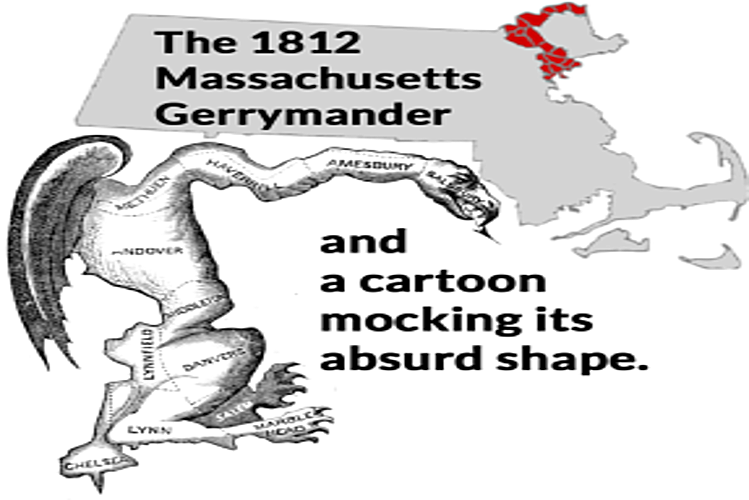
The country’s first drawn district for political reasons
Gerrymandering can also be used to protect incumbents, such as when legislators create districts that strategically group together supporters of sitting representatives to minimize competition.
And then there’s racial gerrymandering when district lines are intentionally drawn to disperse minority groups to dilute their influence in a district making it impossible for them to elect representatives, or packing minorities together in a minimum number of districts so they don’t have enough representation in other districts. This ensures that African-Americans or Latinos or other communities of color don’t have a sufficient seat at the table.
Both Democrats and Republicans have been known to gerrymander, but Republicans were able to control the redistricting that took place in 2010 because they controlled the majority of state legislatures that year.
How has gerrymandering affected elections?
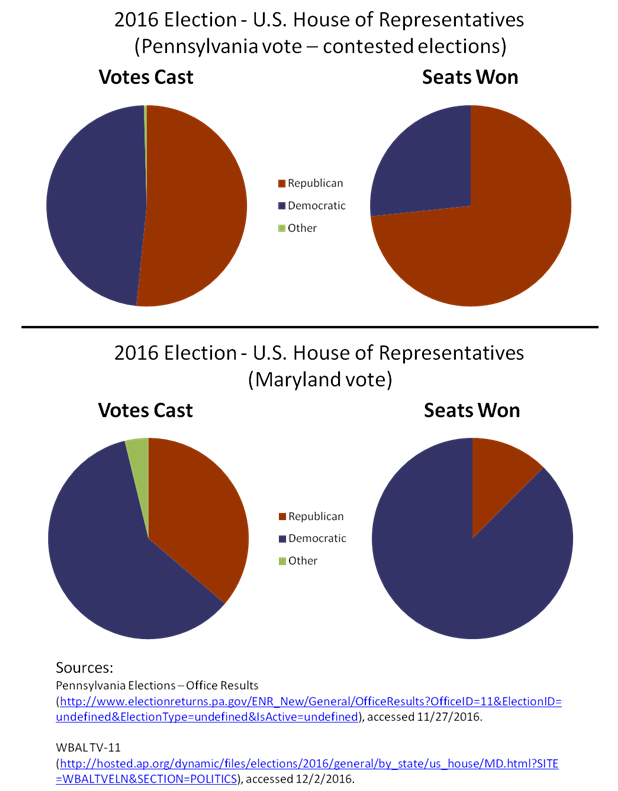
The fact that Republicans had that control in 2010 wasn’t a fluke; rather, it was the result of a strategic campaign called REDMAP (REDistricting MAjority Project), funded by the Republican State Leadership Committee (RSLC). “REDMAP was an effort by Republican-aligned groups to take over state legislatures in order to be able to control redistricting
Prior to the 2010 congressional elections, Democrats held a majority in not only the U.S. Senate and House of Representatives 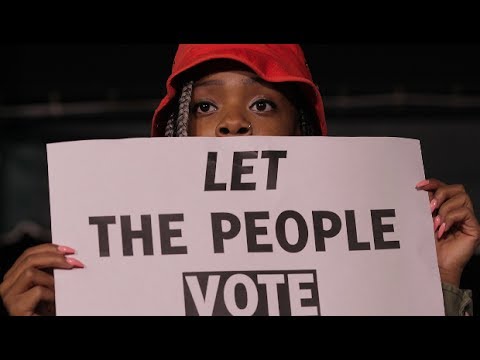 (as well as the presidency, under Barack Obama) but also in most state legislatures. They controlled both legislative houses in 27 states, and one house in six states, and had a Democratic governor in 29 states. To turn things around, the GOP poured nearly $30 million into state elections — particularly in swing states like Ohio, Pennsylvania, and Michigan — and made historic gains, capturing control of both houses in 26 states, one house in five states, and 29 governorships.
(as well as the presidency, under Barack Obama) but also in most state legislatures. They controlled both legislative houses in 27 states, and one house in six states, and had a Democratic governor in 29 states. To turn things around, the GOP poured nearly $30 million into state elections — particularly in swing states like Ohio, Pennsylvania, and Michigan — and made historic gains, capturing control of both houses in 26 states, one house in five states, and 29 governorships.
Those gains came just in time for the 2010 redistricting, which put Republicans in the position to redraw district lines to benefit their own party for the next 10 years’ worth of elections.
The discrepancies were striking in swing states targeted by REDMAP. For example, in Pennsylvania, Democratic candidates won 51 percent of the popular vote but only 28 percent of the 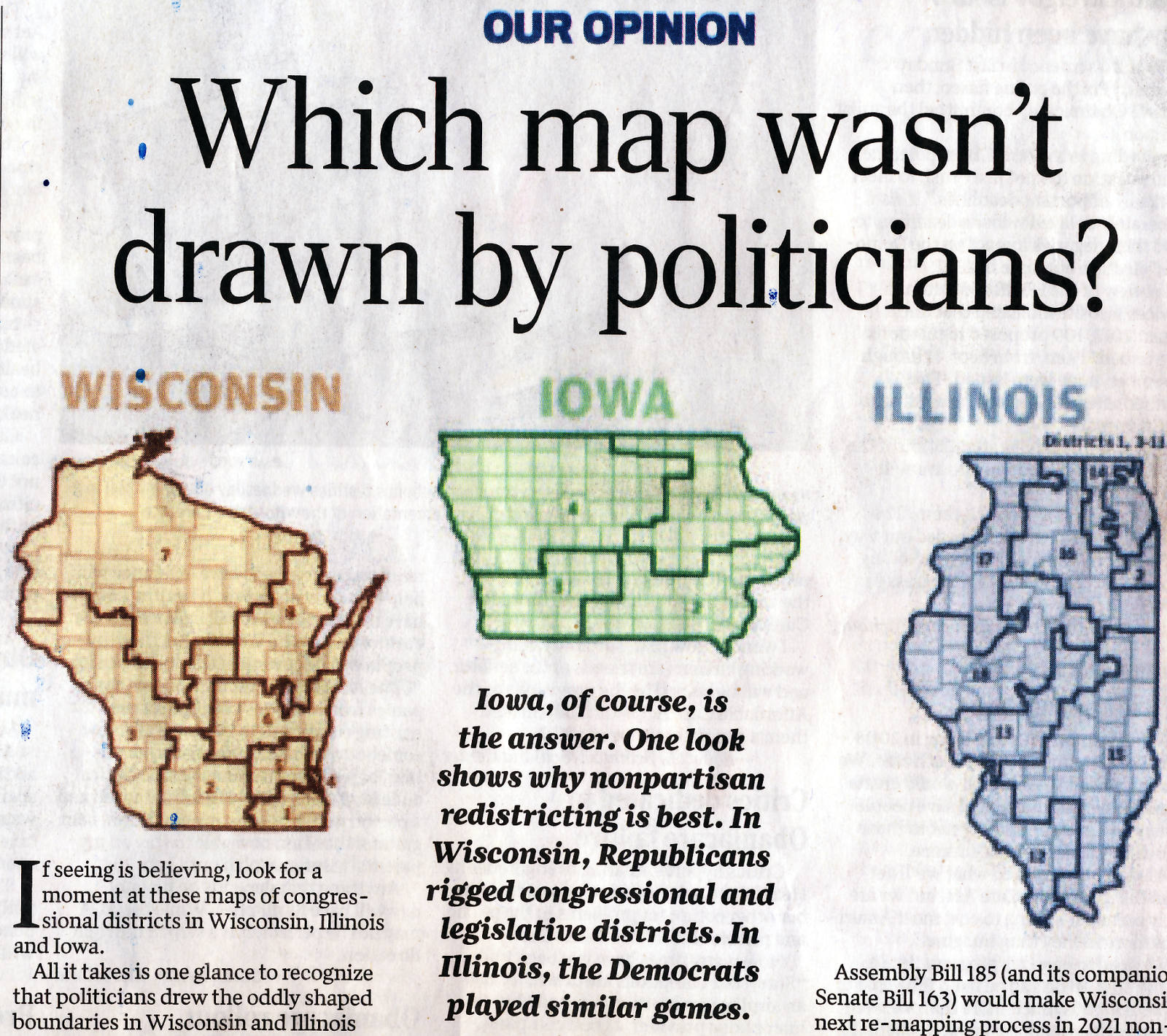 congressional seats; and in Ohio, Democrats won 48 percent of the popular vote but only 25 percent of the seats. Obama won both of those states on that same day. The Brennan Center estimates that, overall, redistricting likely caused the GOP to win about six more seats in 2012 than it would have under old district lines and 11 more seats than it would have in states where the GOP controlled redistricting, and it also protected at least eight Republican incumbents who would have lost reelection under old district lines. In 2014, The Nation reported, Republicans won 52 percent of the House votes but 57 percent of the seats.
congressional seats; and in Ohio, Democrats won 48 percent of the popular vote but only 25 percent of the seats. Obama won both of those states on that same day. The Brennan Center estimates that, overall, redistricting likely caused the GOP to win about six more seats in 2012 than it would have under old district lines and 11 more seats than it would have in states where the GOP controlled redistricting, and it also protected at least eight Republican incumbents who would have lost reelection under old district lines. In 2014, The Nation reported, Republicans won 52 percent of the House votes but 57 percent of the seats.
Federal Courts are last check on abusive power
Fortunately there is light at the end of the tunnel, after the elections in November 2016 a federal court found that 28 districts in North Carolina were “unconstitutional racial gerrymanders,” the state was ordered to hold a special legislative election in 2017. And this month the Supreme Court has called for further review of potential racially gerrymandered Virginia state districts, while federal judges have ruled that the Texas legislature racially gerrymandered some of its districts.

In terms of partisan gerrymandering, all eyes are currently on the upcoming Supreme Court case Whitford v. Gill. In November 2016 a federal district court ruled that Wisconsin’s partisan gerrymandering was unconstitutional, the first time a federal court has ever “invalidated a gerrymander for providing unfair advantage to a political party,”
Hopefully the Supreme Court will continue to lead the way out of this partisan nightmare that both Democrats and Republicans are guilty of, undermining fair and true democratic rule.
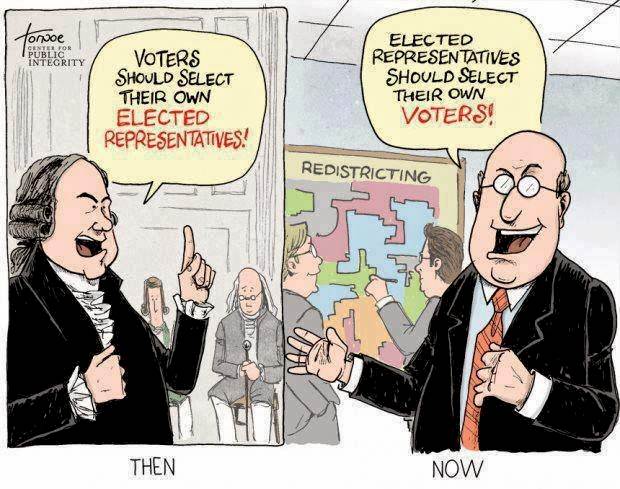
Thanks Terminator for your efforts to make sure voters pick elected officials instead of elected officials picking voters, and doing your part to restore the bedrock foundation of democracy, One Person, One Vote majority rule.



